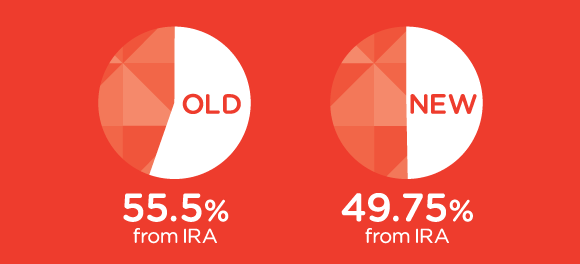Covisum President Joe Elsasser, CFP® recently contributed an article to WealthManagement.com explaining how the Tax Cuts and Jobs Act represents a relatively significant tax cut for many retirees, but there are opportunities for advisors to help clients visualize the new tax landscape and make better decisions about which income streams to use at different points in retirement.
Read










